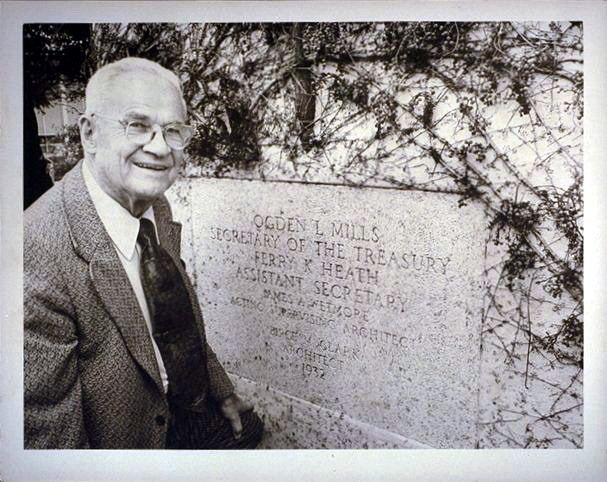Name Birge Clark Role Architect | Died April 30, 1989 | |
 | ||
Structures Norris House, United States Post Office | ||
Exquisitely restored 1920s birge clark home in premier old p
Birge Malcolm Clark (April 16, 1893 – April 30, 1989) was an American architect, called “Palo Alto's best-loved architect” by the Palo Alto Weekly; he worked largely in the Spanish Colonial Revival style.
Contents
- Exquisitely restored 1920s birge clark home in premier old p
- A birge clark garage in palo alto
- Early life
- Career
- Personal life
- References
A birge clark garage in palo alto
Early life
Clark was born April 16, 1893, in the Women’s and Children’s Hospital in San Francisco, California, though his birth certificate was destroyed in the San Francisco earthquake. He was the son of Arthur B. Clark, a professor of art and architecture at Stanford and the first mayor of Mayfield, California, later part of Palo Alto. He graduated from Palo Alto High School in 1910, and from Stanford University in 1914. He served as an observation balloon pilot in World War I; he was shot down by a German pilot and won the Silver Star for gallantry.
Career
His principal architectural works at Stanford are the Lou Henry Hoover House (assisting his father), now the residence of the university President, the three John Stauffer laboratories (1960’s), and the Seeley G. Mudd Chemistry Building (1977). His principal works in Palo Alto include the old police and fire station (now the senior citizen’s center), the Lucie Stern Community Center, the President Hotel, the Palo Alto Post Office, the Palo Alto Medical Clinic, and much of the 500 block of Ramona Street.
Personal life
He was married to the former Lucile Townley, daughter of Stanford mathematician and astronomer Sidney Dean Townley for sixty-three years, until her death in 1986.
